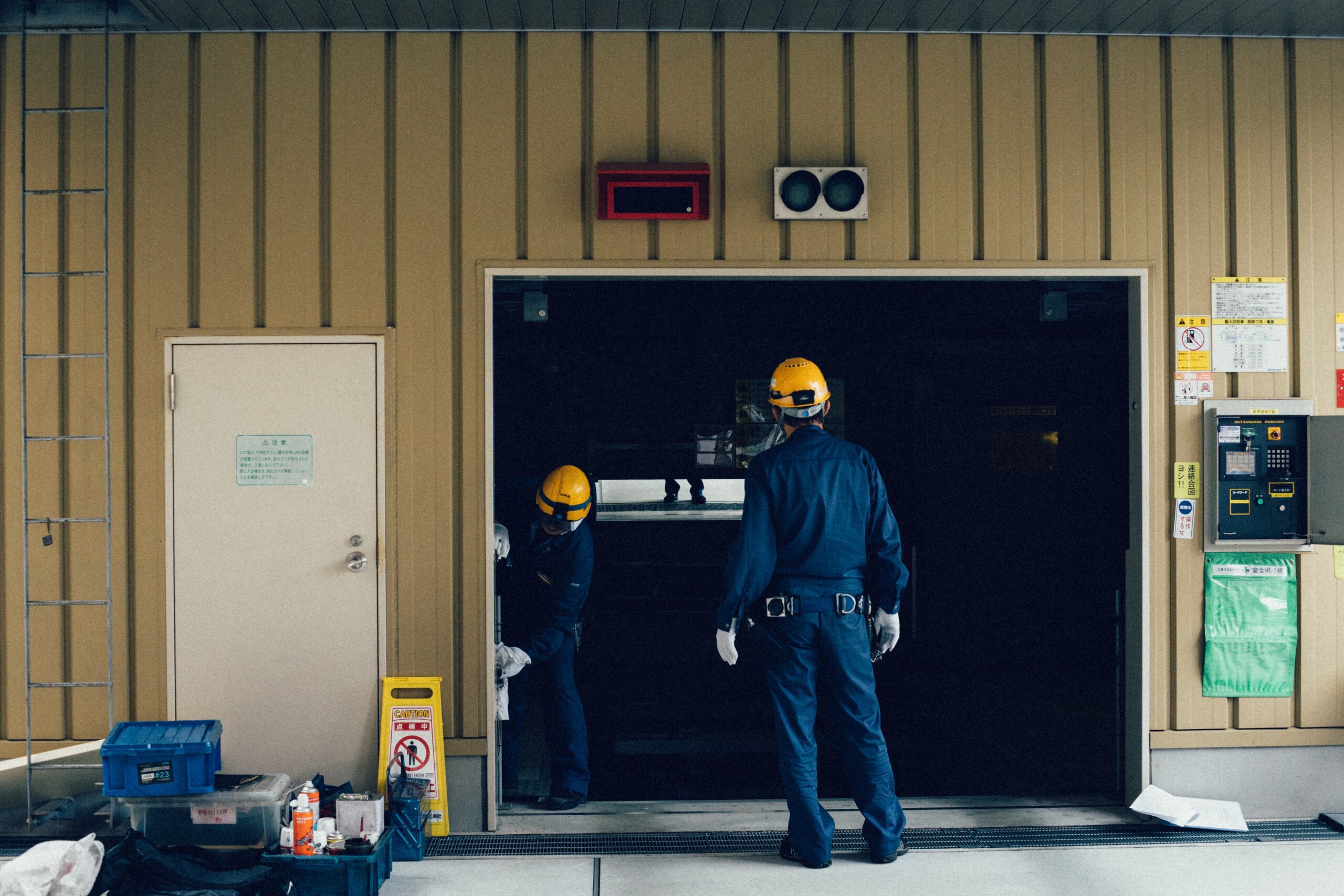
7 Reasons Why Your Garage Door Won’t Open (With Solutions)
A garage door that won’t open can disrupt your daily routine and pose a significant inconvenience. More importantly, it can also compromise the security of your home and the safety of its inhabitants. Understanding why your garage door isn’t opening is the first step towards finding a solution. This comprehensive guide explores seven of the most common reasons behind a malfunctioning garage door.
We delve into each problem, providing insights into their causes and offering practical solutions. Whether you’re a seasoned DIY enthusiast or a homeowner seeking to understand the issue before calling a professional, this article aims to equip you with the knowledge needed to tackle garage door troubles effectively.
Reasons and Solution Why Your Garage Door Won’t Open
-
Power Source Disruption
Cause: The most basic issue could be a disruption in the power source. Garage door openers require electricity to function.
Solution: First, ensure that the garage door motor unit is plugged into a working outlet. Then, check your home’s circuit breaker, fuses, and GFCI outlets. A tripped circuit breaker or blown fuse can easily be the culprit. Resetting the breaker or replacing the fuse might solve the problem. Additionally, check for any signs of electrical short circuits in the garage door system.
-
Misaligned or Blocked Sensors
Cause: Garage doors are equipped with safety sensors that prevent the door from closing if something is blocking the path. Misalignment or obstruction of these sensors can prevent the door from opening.
Solution: Look for any items blocking the sensors’ path and remove them. Make sure the sensors are aligned correctly; they should be facing each other directly. Clean the sensor lenses to ensure they can detect obstructions accurately. Small adjustments can often realign them.
-
Broken Springs
Cause: Springs are critical components that aid in lifting the garage door. Over time, they can wear out and break, making it impossible to open the door.
Solution: Check for visible signs of damage, such as gaps in torsion springs or overextended extension springs. Due to the high tension involved in these parts, replacing garage door springs can be dangerous. It’s highly recommended to seek professional help for spring replacement.
-
Door Track Issues
Cause: The garage door operates along a track, and if this track is bent or misaligned, the door won’t open smoothly or at all.
Solution: Inspect the track for any bends, obstructions, or gaps between the rollers and the track. You can try realigning the track by loosening the screws that hold it to the frame, adjusting it into the correct position, and then tightening the screws back. Ensure that the track is clean and lubricated for smooth operation.
-
Worn Out Gears or Motor
Cause: The gears within the garage door opener or the motor itself can wear out after prolonged use.
Solution: Listen for unusual sounds like humming or grinding when you try to open the door. These sounds indicate worn-out gears or a failing motor. Replacing these parts typically requires technical skills and specialized tools, so it’s best to contact a professional for repair or replacement.
-
Remote Control or Wall Switch Issues
Cause: Sometimes, the issue why the garage door won’t open is with the remote control or the wall switch that operates the door.
Solution: Start by replacing the batteries in your remote. If the problem persists, you might need to reprogram the remote. For wall switches, inspect the wiring for any loose connections or damages. If the switch is defective, it will need replacement.
-
Manual Lock Engagement
Cause: Some garage doors are equipped with a manual lock for added security, which may have been engaged accidentally.
Solution: Check near the garage door handle for a manual lock. Make sure it is disengaged. This is a common issue, especially after someone else has used the garage.
Maintenance of Garage Doors
Maintaining your garage door is crucial for ensuring its longevity, safety, and efficient operation. Regular maintenance can help prevent many common issues that cause garage doors to malfunction. Here are some key maintenance tips to keep your garage door in top condition:
- Visual Inspection: Regularly inspect your garage door for signs of wear and tear. Look for any damage to the panels, springs, cables, rollers, and pulleys. Check for any loose hardware or screws.
- Lubrication: Proper lubrication is essential for smooth operation. Use a silicone-based lubricant to grease the rollers, hinges, and tracks. Avoid using heavy oils or grease as they can attract dust and debris, which may hinder the door’s movement.
- Cleaning: Clean the tracks to remove any debris or buildup that can obstruct the door’s path. Use a damp cloth to clean the door itself, and if it’s a metal door, check for rust spots which should be sanded, primed, and painted.
- Balance Test: Disconnect the opener (using the red release cord) and manually open the door halfway. A well-balanced door will stay in place, slightly ajar. If it falls or slams shut, the balance is off, and the springs need professional adjustment.
- Safety Features Test: Test the auto-reverse mechanism of the door by placing an object like a roll of paper towels in the path of the door. When the door touches the object, it should reverse. Also, check the photoelectric sensors (if equipped) by waving an object in front of them while the door is closing. The door should reverse. If not, they need adjustment or repair.
- Tightening Hardware: The vibration and movement of a garage door can loosen its hardware. Periodically check and tighten all roller brackets and bolts.
- Cable Check: Look for broken strands and damage near the bottom roller bracket. Garage door cables are under high tension and can be dangerous, so if you notice significant wear or damage, contact a professional for repair.
- Weatherstripping: Check and replace the weatherstripping along the bottom and sides of the door as needed to keep out debris, water, and pests.
- Door Opener Maintenance: If you have an automatic garage door opener, consult the owner’s manual for maintenance specifics. This may include checking the batteries in your remote controls, reprogramming your opener, and ensuring the opener’s safety features function correctly.
- Professional Inspection: Annually, or if you’re unsure about any aspect of your garage door’s operation or safety, have a professional inspect and service your garage door. They can handle high-tension components like springs and cables safely and inspect parts you might miss.
Remember, safety is paramount when performing garage door maintenance. If you’re not comfortable performing any of these tasks or if a repair needs a professional touch, don’t hesitate to call a garage door technician. Regular maintenance not only extends the life of your garage door but also ensures it operates safely and reliably.
Conclusion
Dealing with a garage door that won’t open can be a test of patience and safety. However, with the right approach and knowledge, many of these issues can be resolved, either by yourself or with professional assistance. Regular maintenance and timely attention to minor issues can prevent major malfunctions in the future. It’s essential to remember that while some fixes may seem straightforward, garage door systems involve complex mechanisms and high-tension components. Prioritize your safety and don’t hesitate to call in professionals when in doubt. A functional garage door is not just about convenience; it plays a vital role in the security and functionality of your home, and as such, deserves careful attention and care.



